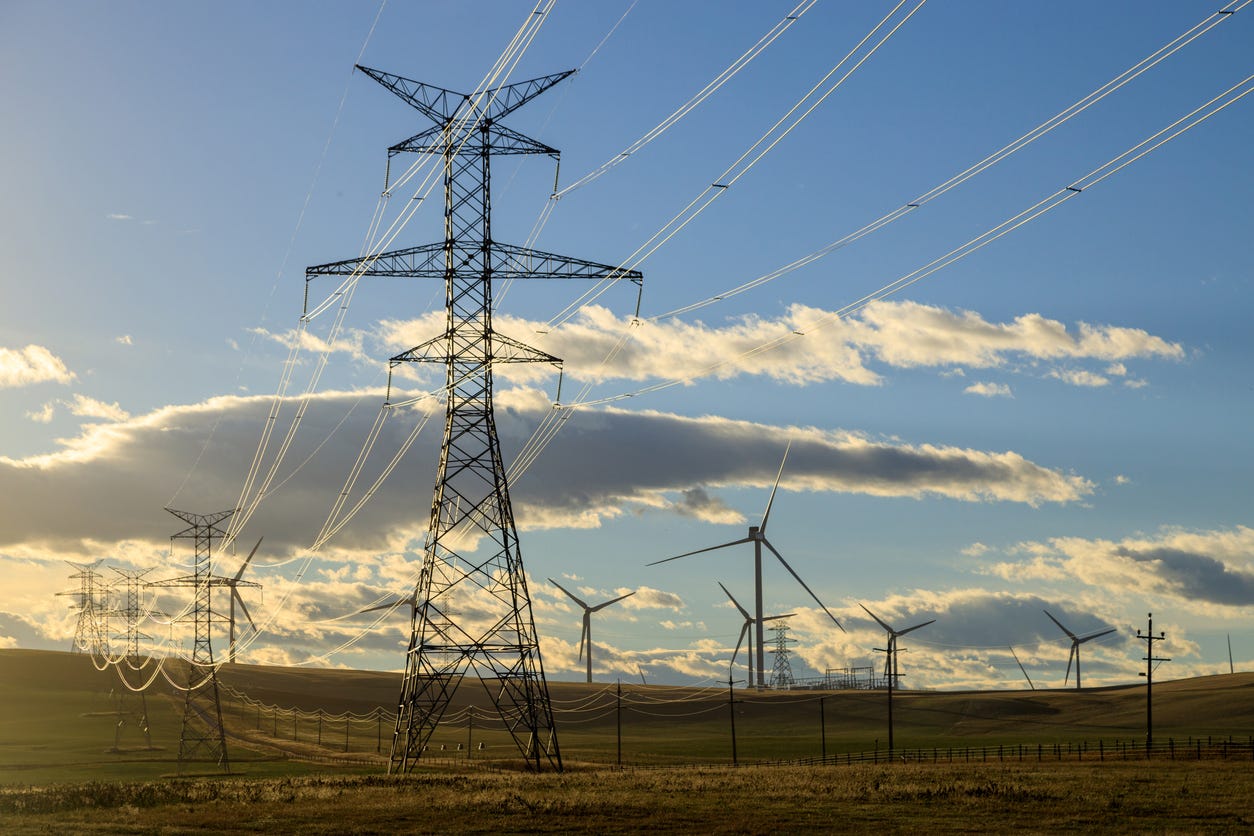In an era where energy sustainability and efficiency are paramount, storage systems operations,...
Unlocking Potential: Exploring Dynamic Line Rating in Power Systems
The electric power industry is in the midst of transformative change. Power systems must adapt to these new realities as we transition to renewable energy sources and digital technologies. One of the most promising innovations for maximizing existing infrastructure is Dynamic Line Rating (DLR). Unlike the traditional Static Line Rating (SLR), which sets transmission lines’ constant maximum power capacity, DLR allows real-time adjustments based on environmental conditions. This article will explore DLR’s fundamentals, benefits, challenges, and applications in power systems.

The Basics of Line Rating
Static Line Rating
In traditional power systems, SLR is the method used to define the maximum electrical current that a transmission line can carry safely. The SLR is determined based on worst-case environmental scenarios, such as high temperatures and low wind conditions. Typically, SLRs are determined based on conservative assumptions regarding the operating conditions of transmission lines. This results in a rigid constraint that fails to capitalize on evolving or favorable environmental factors, such as wind cooling, which could enable increased transmission capacity.
Dynamic Line Rating
Dynamic Line Rating, by contrast, provides a real-time current-carrying capacity for transmission lines. DLR systems continuously monitor factors like wind speed, solar radiation, and ambient temperature to update the line ratings dynamically. Implementing DLR could increase existing line capacity by 40–50%. Finally, costs associated with DLR are significantly lower than additional overhead transmission per mile costs.
The Need for Dynamic Line Rating
The demand for reliable, high-capacity power systems grows as the world becomes more electrified. Additionally, renewable energy sources are often located in remote areas that require new or expanded transmission lines to bring this power to where it’s needed. Building new transmission lines is expensive and often requires lengthy regulatory and environmental approval processes.
According to the U.S. Department of Energy, transmission expansion projects in the U.S. have consistently exceeded $20 billion annually from 2014 to 2016. Since a significant portion of the transmission infrastructure was originally constructed between the 1960s and 1980s, these investments are essential to maintain grid reliability as these assets age.
According to Utility Dive, U.S. grid congestion costs rose from $6.5 billion in 2016 to $13.3 billion in 2021. In 2022, these expenses skyrocketed by 56% to approximately $20.8 billion. Regional transmission organizations, excluding California, also experienced a significant increase, going from $7.7 billion in 2021 to around $12 billion. In 2022, the Midcontinent Independent System Operator led the congestion costs at $3.7 billion, followed by the Electric Reliability Council of Texas at $2.8 billion and the PJM Interconnection at $2.5 billion.
Furthermore, the Department of Energy projects that replacing transmission facilities alone will increase by $1.2–3.2 billion annually over the decade, assuming replacement is required after 60 to 80 years of operation. Furthermore, line reconductoring, a method used in specific cases to enhance capacity on existing transmission routes, can range from $1 million to $8 million per mile, depending on the voltage class of the line. Although these long-term solutions may be necessary, new and innovative technologies like DLR can relieve congestion in the short term at a lower cost.
Economic Benefits of DLR
Cost Savings
Implementing DLR can bring substantial cost savings by reducing the need for new infrastructure. According to the EPRI above study, DLR implementation costs are significantly lower than building new lines.
Market Efficiency
DLR can also enhance market efficiency by reducing transmission line congestion, thus facilitating better electricity pricing. A congested line could result in the need for out-of-merit order dispatch, which is generally costlier.
Facilitating the Integration of Renewable Energy
One of the biggest challenges of integrating renewable energy like wind and solar power into the grid is their intermittent nature. DLR’s dynamic adjustment capability can help manage the variability of renewable energy, thus providing a more flexible and robust grid system.
In a report from the Western Area Power Administration (WAPA), adopting DLR technology allowed for more efficient integration of wind energy into the grid, achieving higher rates of renewable energy use without compromising grid stability.
In conclusion, Dynamic Line Rating represents a pivotal advancement in the power industry, providing a dynamic and cost-effective solution to maximize our existing infrastructure’s potential. DLR is a beacon of innovation as we navigate the complexities of transitioning to renewable energy sources and digital technologies. Its real-time adjustments based on environmental conditions offer increased transmission capacity and enhanced grid reliability. By reducing the need for costly new infrastructure, improving market efficiency, and facilitating the integration of renewable energy, DLR is poised to play a crucial role in shaping a more sustainable and adaptable energy landscape. Embracing DLR is not just a technological leap forward; it’s a step toward a greener, more efficient, and resilient energy future.
Contact us today to learn more about how Splight enables sensorless Dynamic Line Rating.



